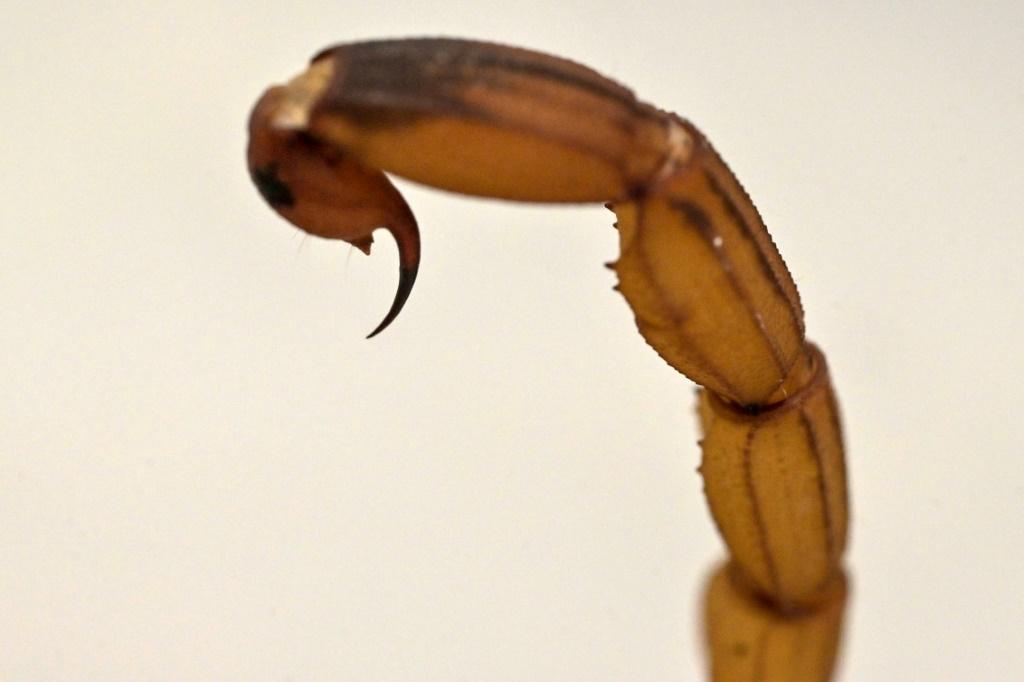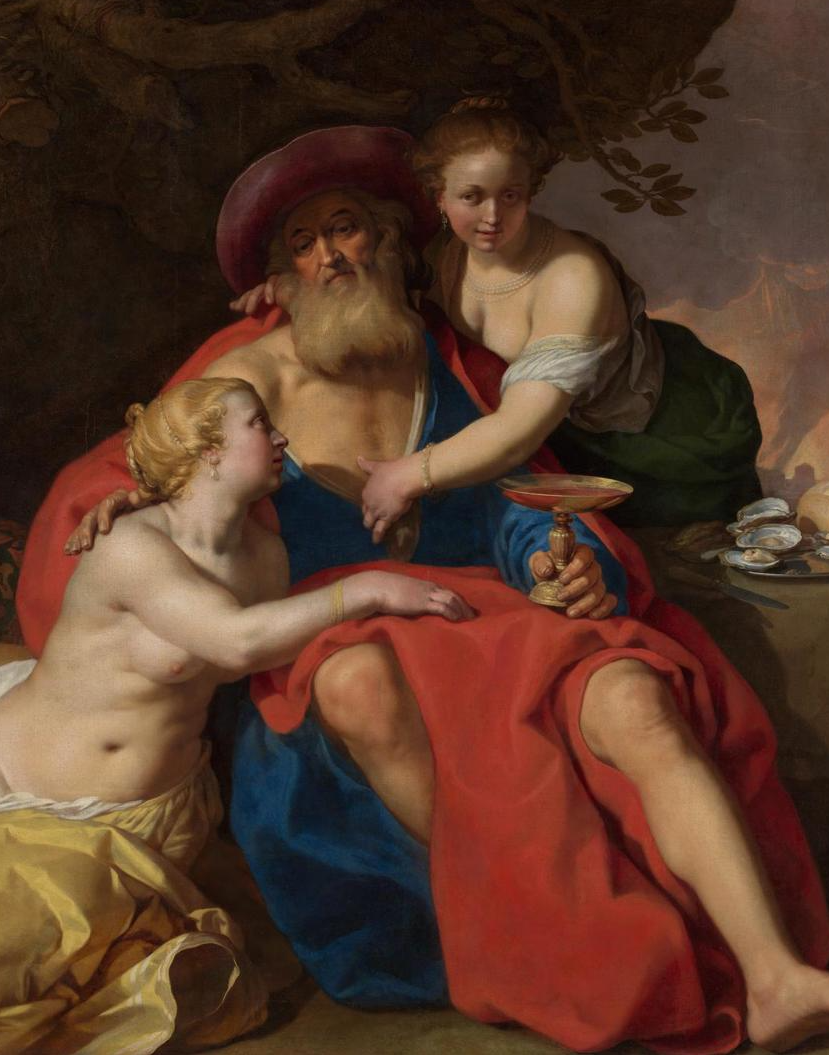When I’m in Paris—which isn’t often—I like to go to the Musée d’Art Moderne de la Ville de Paris to see one of my favourite pictures: Kees van Dongen’s The Sphinx (1920). It’s not the greatest painting, but the attitude it captures … priceless. Dutch-born, Paris-based, Van Dongen was a fauve. Early on, he painted good-time girls, prostitutes and dancers, florid and flirty, in ripe colours, with big eyes. Later, he became a high-society portraitist, celebrating classy ladies in chilly whites and silvery greys. The Sphinx belongs to this later phase, although I haven’t been able to find anything about the sitter, Renée Maha. When I first saw The Sphinx, it disarmed me. Hands come in from stage left offering a vase of chrysanthemums, only to be greeted with a chilly ‘unamused’ glare from the languid, elongated sitter. Sure, there’s a misogynist element here. The Sphinx was a merciless mythic being with the face of a woman, the body of a lion, and the wings of an eagle, who would kill you and eat you if you couldn’t answer her riddle, solve her enigma. The painting is also a classic example of metonymy. That vase of flowers is like the painting itself, being offered to the ice queen by Van Dongen as the painter-supplicant, seeking her approval. Instead of solving her riddle, he simply reflects it.
•


Zinger
My favourite mean opening for a mean review: ‘One thing you can say for Buzz Spector is that he does his homework. The bummer is he hangs it in galleries and calls it art.’ Lane Relyea, Artforum, May 1992. Can it get any worse?
•

Preppers
I recently dropped in to London’s National Gallery, where a new acquisition—Abraham Bloemaert’s Lot and His Daughters (1624)—was proudly on display. The label was telling: ‘Genesis recounts how Lot and his family fled the destruction of Sodom, with Lot’s wife turning into a pillar of salt on looking back to the city, seen in the background of this painting. The main scene—a triangle of primary colours—shows Lot’s daughters, believing only they remained alive on earth, taking the desperate measure of seducing their own father in order to perpetuate the human race.’ And there they are, in the artist’s imagination, plying their tired papa with booze, oysters, themselves. Only in the movies.
•
Who Am I?
I am a contemporary-art curator and writer, and Director of the Institute of Modern Art, Brisbane. I have held curatorial posts at Wellington’s National Art Gallery, New Plymouth’s Govett-Brewster Art Gallery, Dunedin Public Art Gallery, Auckland Art Gallery, and, most recently, City Gallery Wellington, and directed Auckland’s Artspace. My shows include Headlands: Thinking through New Zealand Art for Sydney’s Museum of Contemporary Art (1992); Action Replay: Post-Object Art for Artspace, Govett-Brewster Art Gallery, and Auckland Art Gallery (1998); and Mixed-Up Childhood for Auckland Art Gallery (2005). My City Gallery shows include Yvonne Todd: Creamy Psychology (2014), Julian Dashper & Friends (2015), Francis Upritchard: Jealous Saboteurs (2016), Colin McCahon: On Going Out with the Tide (2017), John Stezaker: Lost World (2017), This Is New Zealand (2018), Iconography of Revolt (2018), Semiconductor: The Technological Sublime (2019), Oracles (2020), Zac Langdon-Pole: Containing Multitudes (2020), and Judy Millar: Action Movie (2021). I curated New Zealand representation for Brisbane’s Asia-Pacific Triennial in 1999, the Sao Paulo Biennale in 2002, and the Venice Biennale in 2003 and 2015. I am co-publisher of the imprint Bouncy Castle.
Contact
BouncyCastleLeonard@gmail.com
+61 452252414
This Website
I made this website to offer easy access to my writings. Texts have been edited and tweaked. Where I’ve found mistakes, I’ve corrected them.
.